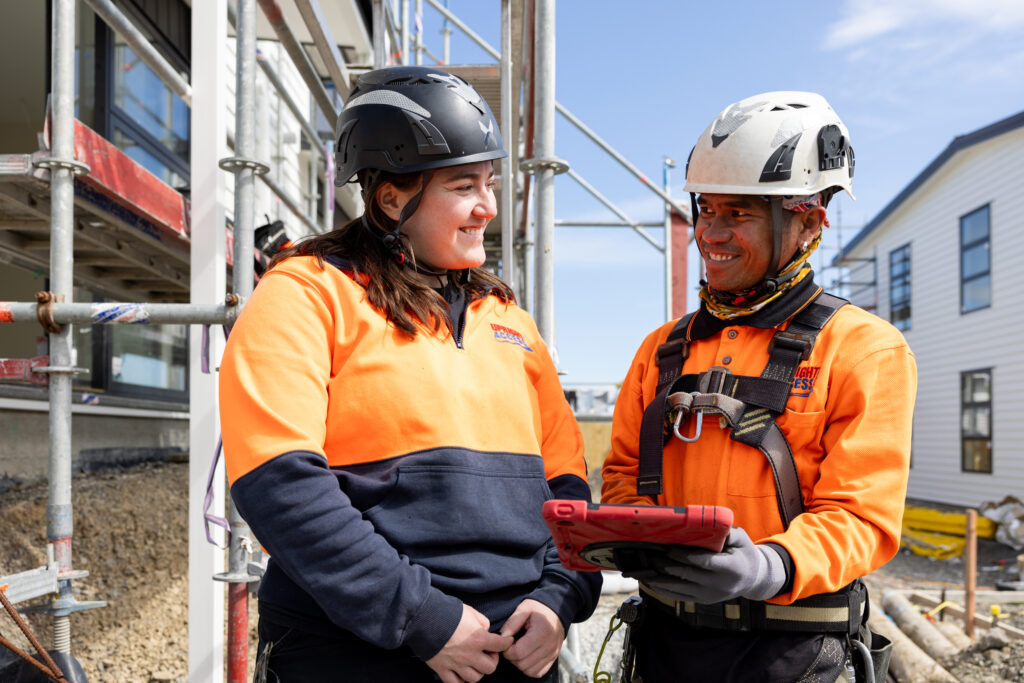Assessment
 As a verifier, you play an important role in the assessment process by observing your apprentice perform tasks in the workplace and providing feedback on their performance to assessors.
As a verifier, you play an important role in the assessment process by observing your apprentice perform tasks in the workplace and providing feedback on their performance to assessors.
Thank you for supporting your organisation and contributing to the further development of your team members.
Verification is used as part of the assessment process to confirm that:
It is expected that a verifier is:
The learner should consistently perform specified tasks repeatedly in the workplace to organisational requirements.
A verifier confirms that a learner can consistently perform specified tasks in the workplace to organisational requirements. This evidence is then passed on to the assessor.
The assessor carries out the actual assessment by reviewing all evidence. Evidence typically includes the learner’s answers to questions, workplace documents, and verification.
We now have an online verification module for registered verifiers. For information about the verification process, check out our Verifier Guide or get in touch, email QA@earnlearn-tepukenga.ac.nz
EarnLearn is part of Te Pūkenga – New Zealand Institute of Skills and Technology. Learn More
Learn with purpose Explore Te Pūkenga
Copyright © 2022 Te Pūkenga